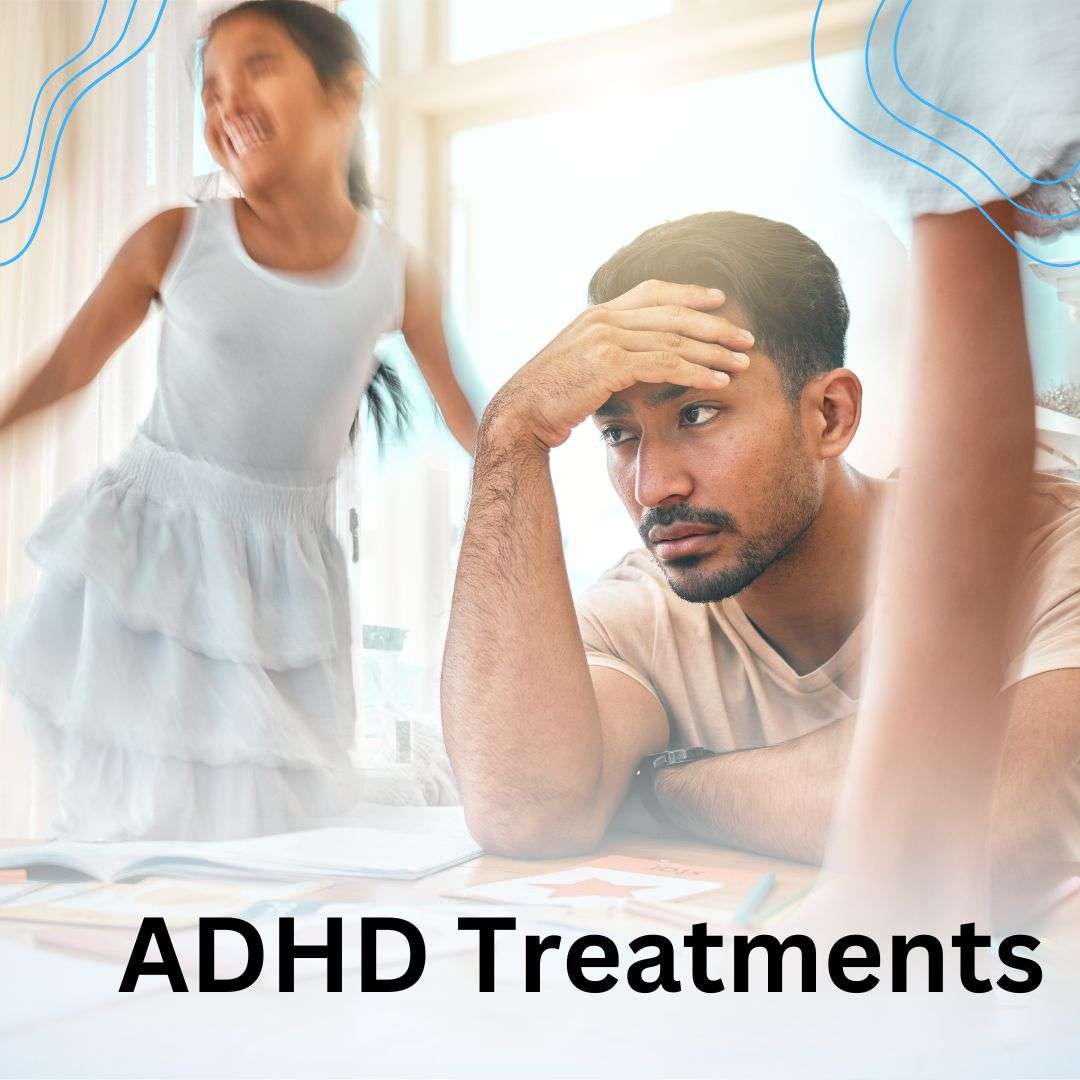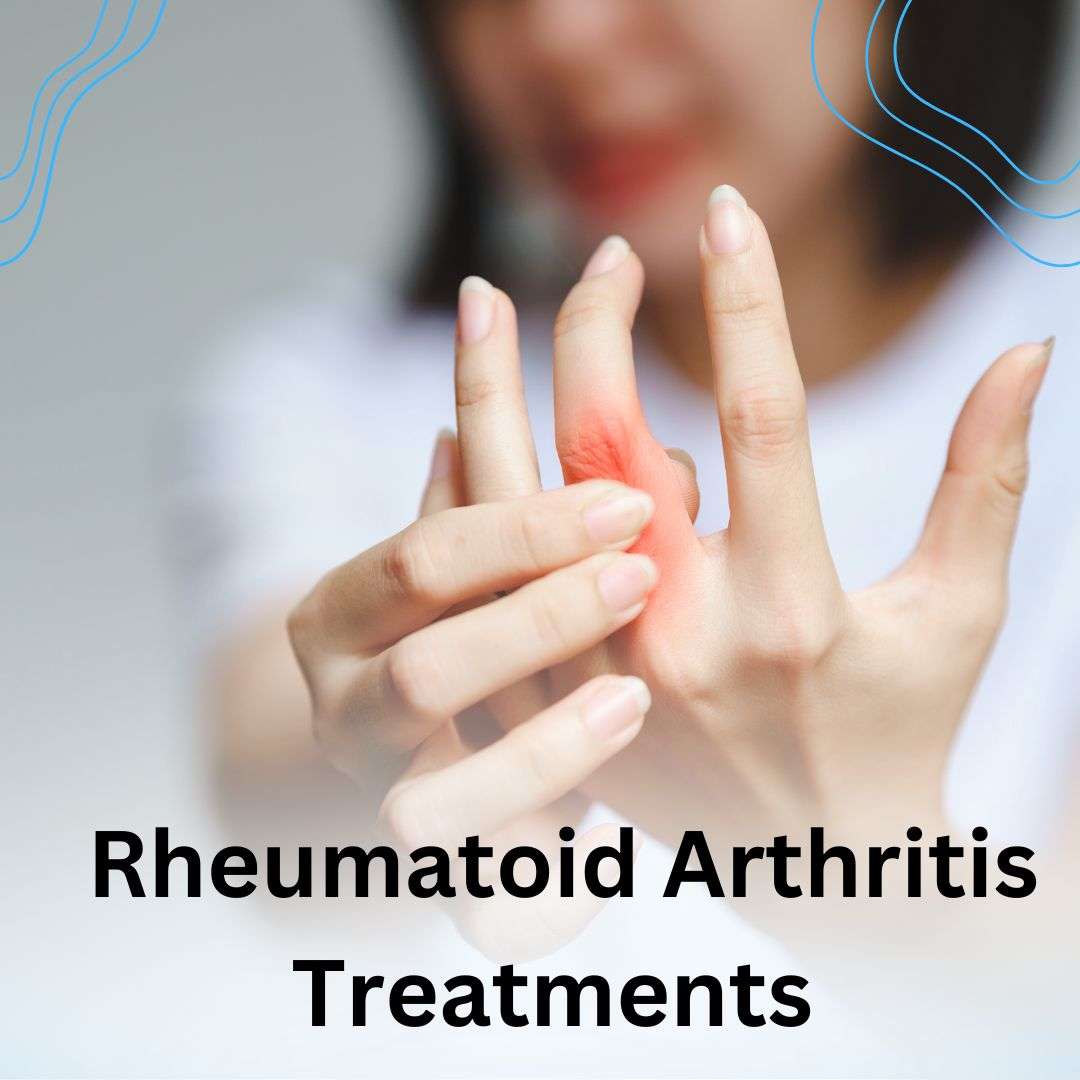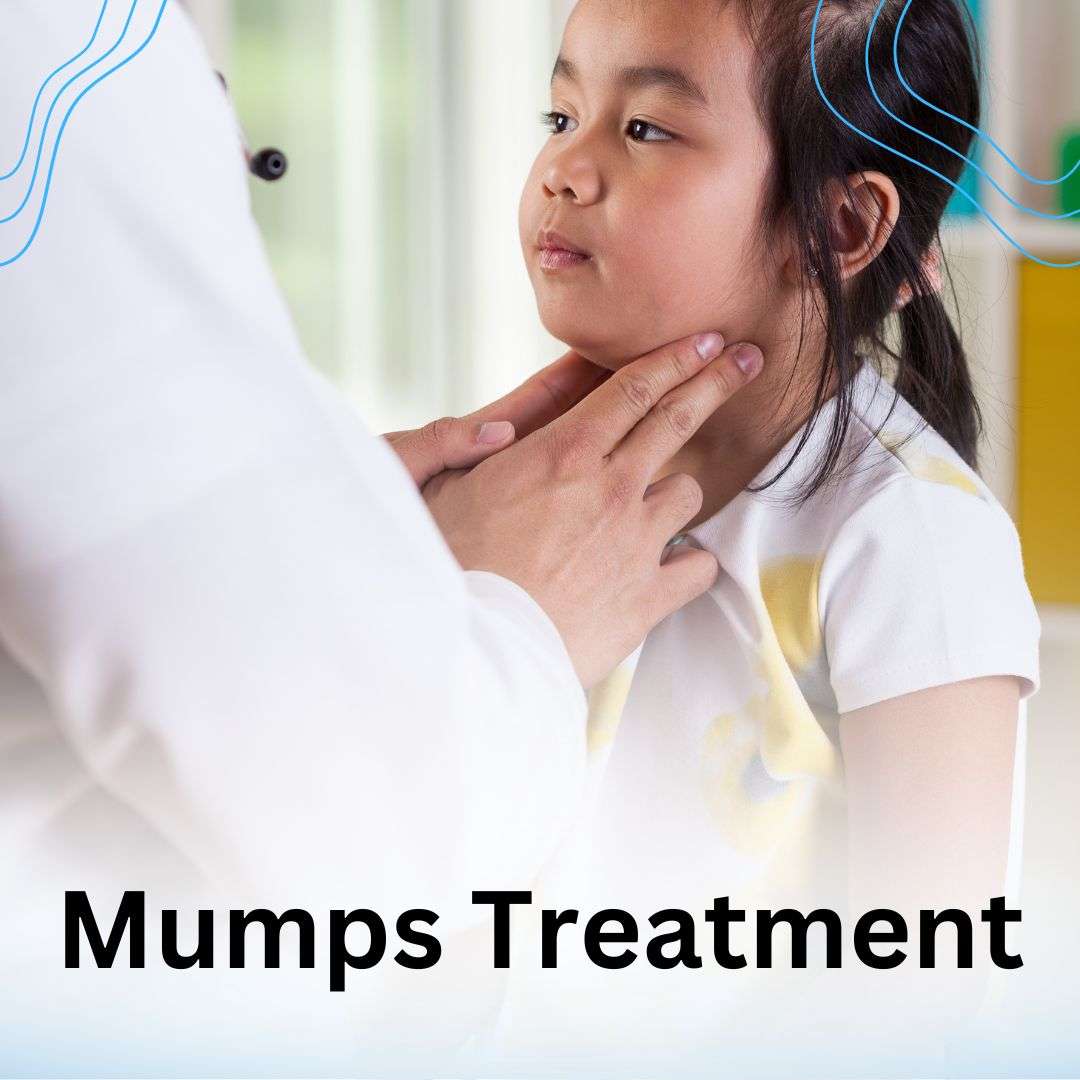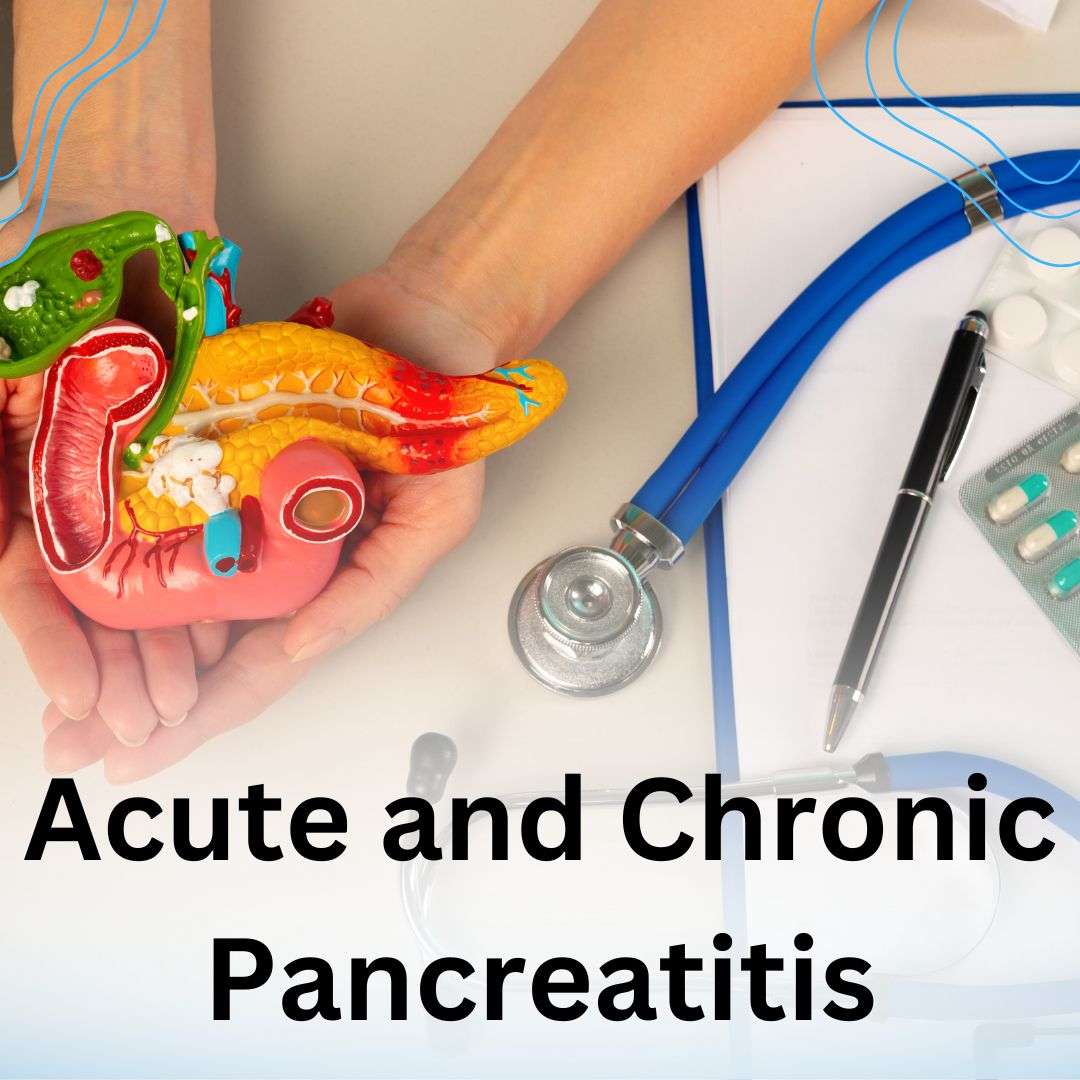Product Description
Praveen MP, a healthcare professional, provides insights on the treatment and management of both H1N1 (Swine Flu) and COVID-19. Both of these diseases are caused by viral infections, but they are distinct in their nature, transmission, and treatment approaches.
H1N1 Treatment: H1N1, the influenza virus responsible for swine flu, primarily affects the respiratory system. Symptoms often mimic those of seasonal flu, including fever, cough, sore throat, body aches, and fatigue. In more severe cases, it can lead to pneumonia or other respiratory complications.
The primary treatment for H1N1 involves antiviral medications, such as oseltamivir (Tamiflu) and zanamivir (Relenza), which can reduce the severity and duration of symptoms if administered within the first 48 hours of symptom onset. Additionally, supportive care, including hydration, rest, and pain relievers like acetaminophen or ibuprofen, is essential. If the infection progresses to a more severe stage, hospitalization may be required, especially for vulnerable populations such as the elderly, young children, or individuals with preexisting health conditions.
COVID-19 Treatment: COVID-19, caused by the SARS-CoV-2 virus, primarily affects the lungs but can lead to a wide range of symptoms and complications. While mild cases may only present with fever, cough, and fatigue, severe cases can result in pneumonia, acute respiratory distress syndrome (ARDS), and multi-organ failure.
Treatment for COVID-19 depends on the severity of the infection. For mild to moderate cases, antiviral medications like remdesivir, corticosteroids like dexamethasone, and monoclonal antibody therapies may be used to reduce viral replication and inflammation. For severe cases, patients may require supplemental oxygen, mechanical ventilation, and intensive care. The use of anticoagulants is also common due to the risk of blood clots associated with the virus.
Both diseases require vigilant monitoring of symptoms and close medical supervision, particularly for high-risk individuals. Vaccines for both H1N1 and COVID-19 are crucial in preventing severe illness and transmission, with widespread immunization efforts being an essential part of public health strategies globally.
In conclusion, early diagnosis, timely medical intervention, and ongoing monitoring are key to managing both H1N1 and COVID-19 effectively.
Terms & conditions
Tags
#H1N1 treatment in Bangalore
#COVID-19 treatment in Bangalore
#Swine Flu treatment Bangalore
#Best treatment for COVID-19 in Bangalore
#H1N1 flu Bangalore
#COVID-19 doctor in Bangalore
#COVID-19 antiviral medication Bangalore
#H1N1 antiviral treatment Bangalore
#Swine Flu specialist Bangalore
#COVID-19 care Bangalore
#COVID-19 hospitalization Bangalore
#H1N1 emergency treatment Bangalore
#Bangalore COVID-19 testing centers
#Swine Flu hospitals in Bangalore
#Best COVID-19 clinics in Bangalore
#COVID-19 vaccine Bangalore
#COVID-19 home treatment Bangalore
#COVID-19 symptoms treatment Bangalore
#Swine Flu symptoms Bangalore
#Swine Flu prevention Bangalore
#COVID-19 ICU Bangalore
#COVID-19 recovery Bangalore
#COVID-19 treatment for elderly Bangalore
#Swine Flu recovery Bangalore
#H1N1 support Bangalore
#COVID-19 pneumonia treatment Bangalore
#H1N1 pneumonia treatment Bangalore
#COVID-19 intensive care Bangalore
#Swine Flu treatment Bangalore near me
#Bangalore COVID-19 medication
#COVID-19 treatment in Basaveshwar Nagar
#COVID-19 treatment in Koramangala
#Swine Flu treatment in Whitefield
#COVID-19 testing in Indiranagar
#Best H1N1 care in HSR Layout
#COVID-19 support in Marathahalli
#Swine Flu clinics in Jayanagar
#Swine Flu prevention in Rajaji Nagar
#COVID-19 homecare in Bellandur
#COVID-19 treatment in BTM Layout
#COVID-19 recovery in Kormangala
#H1N1 treatment in J.P Nagar
#COVID-19 specialist in Hebbal
#Swine Flu treatment in Malleswaram
#COVID-19 recovery clinic in Koramangala
#Best COVID-19 hospitals in Bangalore
#H1N1 flu centers in Bangalore
#COVID-19 care in Banashankari
#Swine Flu recovery treatment in Shanthinagar
#COVID-19 intensive care in Ulsoor
#Swine Flu specialist in Kengeri
#H1N1 clinics in Yelahanka
#COVID-19 testing near Sarjapur
#H1N1 symptoms treatment in Bangalore
#Best COVID-19 hospitals in Whitefield
#COVID-19 vaccination in Bangalore
#COVID-19 testing in Jayanagar
#COVID-19 emergency care in KR Puram
#COVID-19 home treatment in Hennur
#H1N1 flu vaccination Bangalore
#Swine Flu treatment in Vijayanagar
#Swine Flu hospital near Hebbal
#COVID-19 doctors in Frazer Town
#H1N1 flu diagnosis Bangalore
#Best Swine Flu specialists in Bangalore
#COVID-19 antiviral therapy Bangalore
#Swine Flu recovery treatment in Banaswadi
#COVID-19 consultation in Kanakapura
#H1N1 recovery treatment in RT Nagar
#COVID-19 recovery center in Malleshwaram
#Swine Flu treatment in JP Nagar 1st phase
#COVID-19 hospitals in Shantinagar
#Swine Flu hospital in Jalahalli
#COVID-19 specialists in Hebbal
#Swine Flu emergency care in Nagarbhavi
#COVID-19 home care service in Marathahalli
#H1N1 treatment in BTM Layout 2nd Stage
#COVID-19 medication in Vijayanagar
#COVID-19 care at Bangalore East
#Best COVID-19 treatment in Bangalore North
#Swine Flu support Bangalore South
#COVID-19 diagnosis in Bangalore Central
#Swine Flu testing Bangalore West
#H1N1 clinics in Bangalore East
#COVID-19 support in Bangalore Outer Ring Road
#Swine Flu clinics in J P Nagar 2nd Phase
#COVID-19 recovery hospital in Marathahalli
#COVID-19 expert treatment in K R Puram
#COVID-19 home care near Ulsoor
#COVID-19 flu vaccination clinics Bangalore
#Swine Flu experts in Bangalore North
#Best COVID-19 care in HSR Layout
#Swine Flu treatment centers in Koramangala
#Best doctors for COVID-19 in Rajajinagar
#Swine Flu flu diagnosis in Shanthinagar
#Emergency COVID-19 care in Bellandur
#H1N1 flu in Madiwala
#COVID-19 testing in Hennur Bangalore
#COVID-19 and Swine Flu hospitals in Marathahalli





